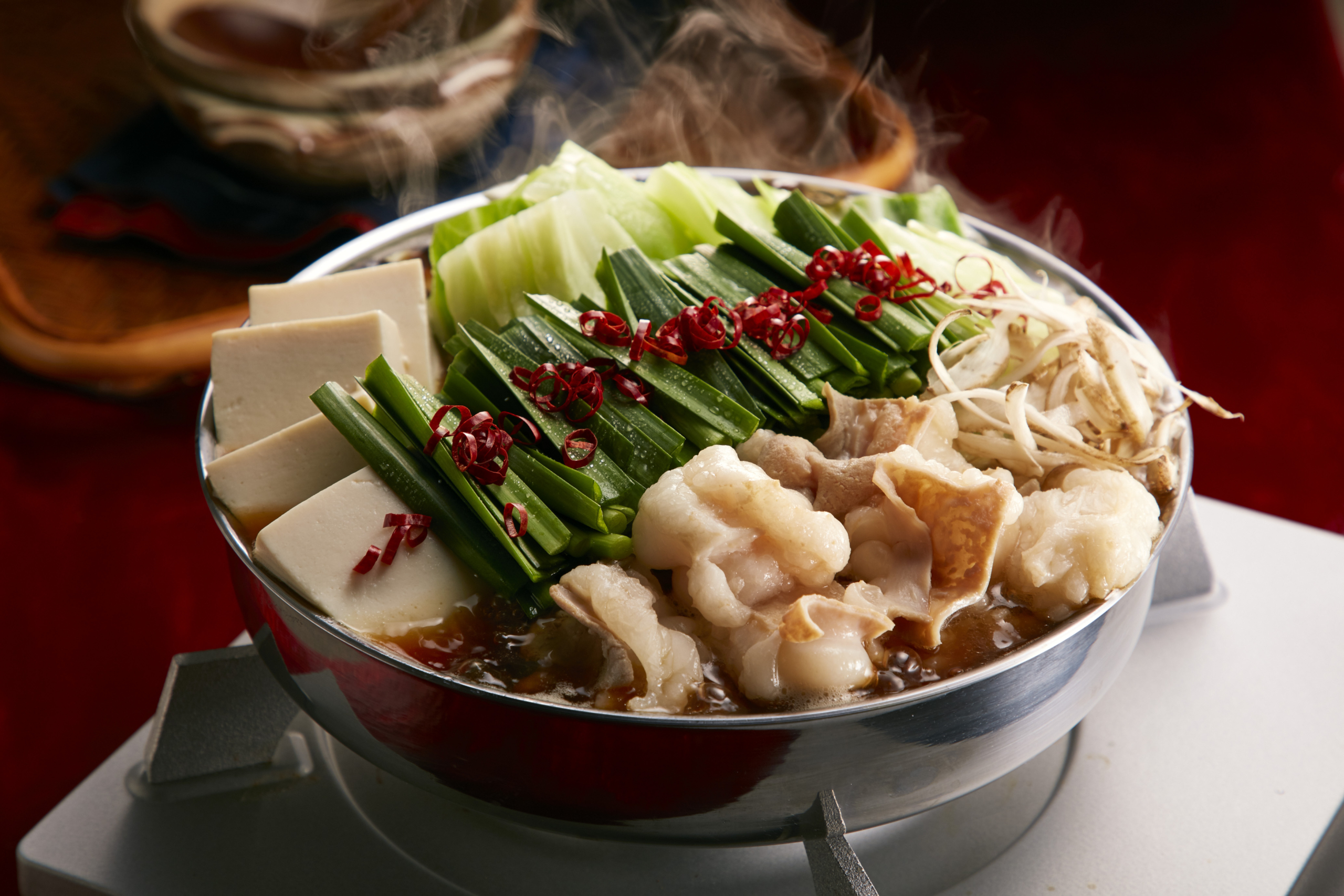
Recently, I was travelling in beatiful Fukuoka, and ate one of their most famous local dishes: motsunabe (もつ鍋).
Well, what is mostunabe?
In this article, I look at this strange, yet delicious and popular Japanese dish that is relatively unknown to most foreigners. Read on to learn:
- What motsunabe is
- Its interesting history
- How it’s made
- Its health benefits, and more…
Let’s get started!
What is mostunabe?
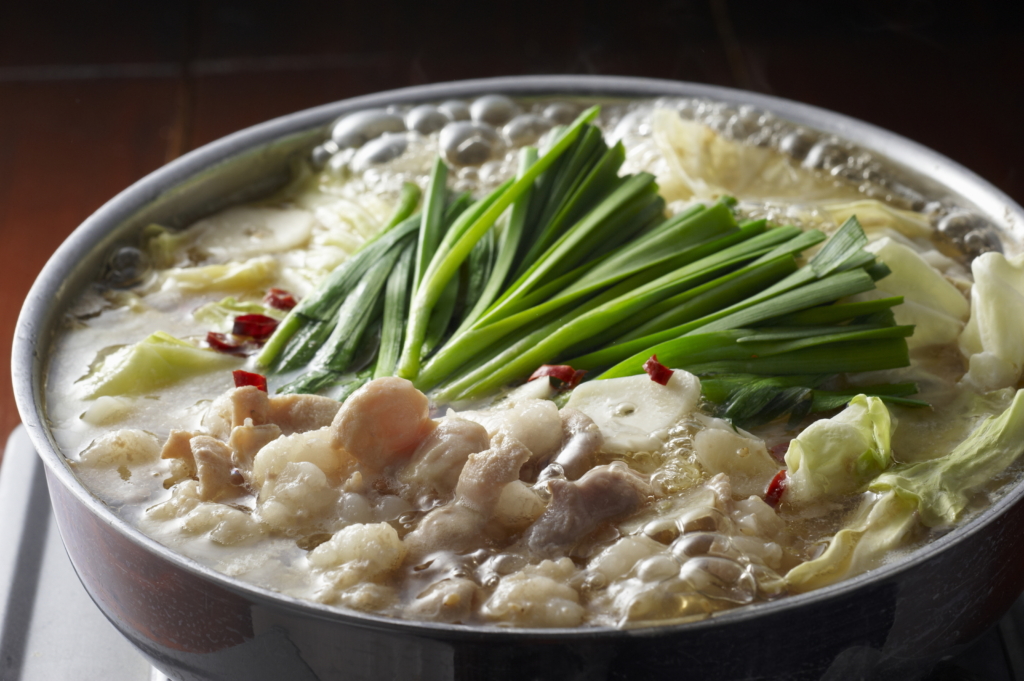
Motsunabe is a popular type of nabemono (i.e. Japanese stew/hot pot dish) that is made mainly with cow or pig offal (i.e. organ meats like small intestines, large intestines, etc.). It definitely does not sound appetizing describing it, but it truly is delicious!
Other vegetables (cabbage, chives), and tofu are also commonly added to the dish. The soup base can come in different flavours like miso, shoyu, gochujang (Korean red pepper sauce), salt, etc.
It is typically served in an iron or stainless steel pot.
To finish off eating the motsunabe, it is common to mix noodles in to absorb the remaining bit of soup/sauce.
Motsunabe is a specialty dish of Fukuoka in Kyushu prefecture, although it can also be found in most major cities of Japan. Sometimes it is referred to as horumon nabe (ホルモン鍋).
Motsunabe History & Origins

Motsunabe was said to be invented in Fukuoka shortly after the end of World War 2. Times were tough, and food was scarce, so people used parts of animals that had typically been discarded (i.e. the organs).
It quickly became a popular food, because it was cheap and also went well with alcohol. It was originally made in an aluminum pot, but later switched to an iron pot or stainless steel as it became more popular.
In the 1970s, many motsunabe restaurants opened in Fukuoka, and later spread into other major cities like Tokyo. There was a boom of motsunabe restaurants across Japan in the early 1990s, but it quickly died down soon after. Still, many remained, espeically in hometown of Fukuoka.
More recently, motsunabe has become popular again due to its reported health benefits (see Health Benefits section below). It is also particularly popular during the cold, winter months.
Today, there are over 700 motsunabe restaurants in Fukuoka alone (according to tablelog). They range from budget shops to high-end full service restaurants.
How it’s made / Ingredients
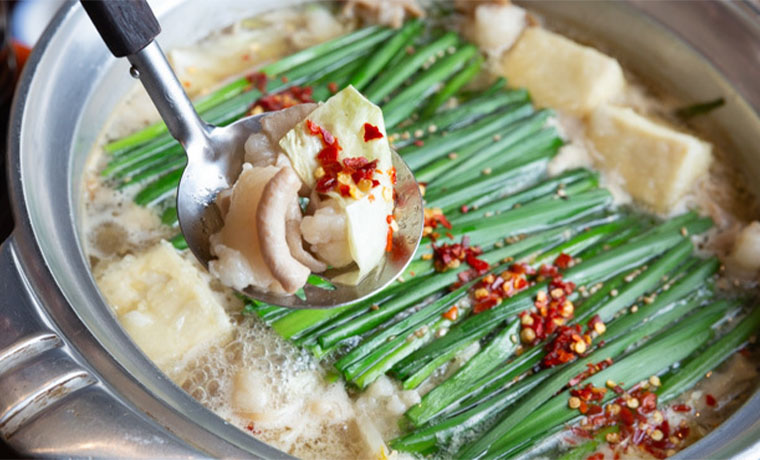
Motsunabe is a fairly simple dish to make. Here’s the basic process:
- First, and probably most importantly, the offal is prepared. Using fresh offal is very important. For classic Fukuoka (i.e. Hakata) style motsunabe, beef small intestine is the most common offal part used. It is cleaned thoroughly, blanched, and cut into pieces.
- The soup base is then prepared. It can be made with many flavors (soy sauce, miso, etc.). The most common is soy sauce (i.e. shoyu). A simple dashi broth is simply blended together with various types of soy sauce and other seasoning (mirin, sake, etc).
- After the soup is completed, vegetables and seasoning are added in and brought to a boil. The most common vegetables are cabbage and Chinese chives (i.e. garlic chives). It is important not to use watery vegetables like Napa cabbage, as it will dilute the soup. Tofu is also commonly used.
- Typical seasoning ingredients include garlic, chili pepper, and sesame.
- Finally, when the pot starts to boil, the offal is added in and cooked. When everything is finished cooking, it’s time to eat! Dipping sauce is needed, as it is already well seasoned.
- When you’re almost finished, and there is just a bit of sauce/soup left, noodles or rice are mixed in. The most common noodle used in Fukuoka is “champon noodles”, which is a sort of a thick ramen noodle. You can also use udon, or other types. The noodles help absorb the remaining sauce in the pot, and are a satisfying finish to the meal.
Health Benefits of Motsunabe
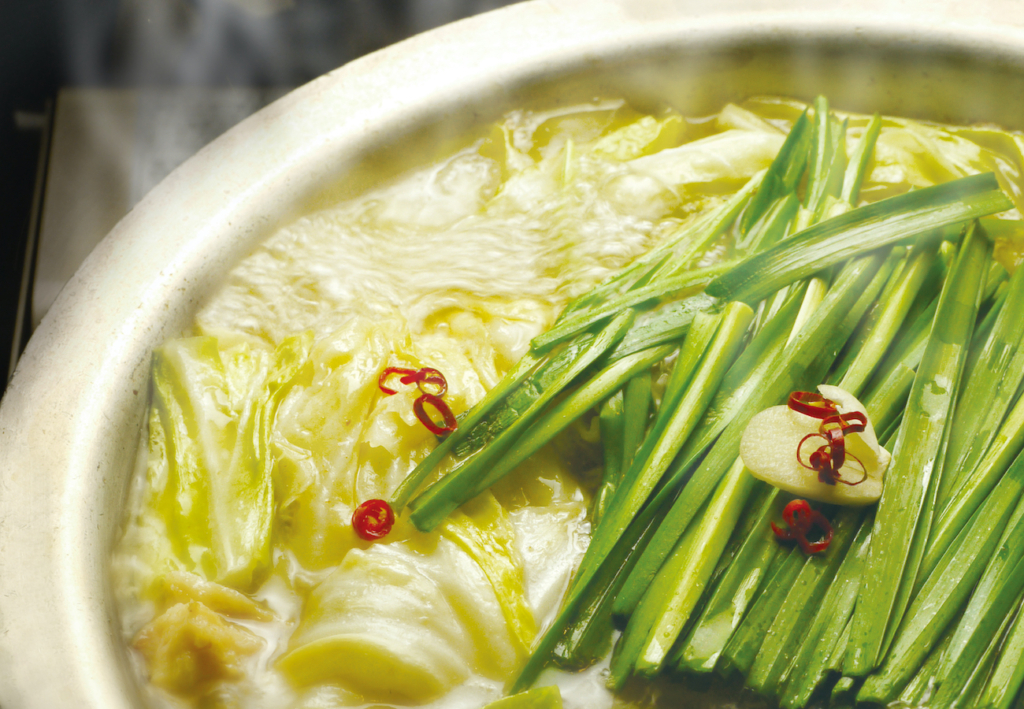
After losing popularity in the 90s, Motsunabe has become popular once again.
One main reason is for its variety of health benefits:
- High in protein
- Rich in Vitamin A and Vitamin B: helps with fatigue and stress
- Rich in nutrients like iron and zinc: good for immune system and blood oxygen
- Full of collagen: great for your skin
- Cabbage contains Vitamin U: good for your stomach
In fact, motsunabe and offal is so nutritious that local Fukuoka people often say that if you eat it, “there is no need for a doctor” (医者いらず).
Not all is good news though. Offal is typically high in fat, so you still don’t want to eat too much at once.
Summary
Motsunabe is a delicious, nutritions, hearty nabemono (Japanese hot pot) made with cow offal. While eating cow intestines may seem weird to some, it was born out of necessity and has since become an important and much loved dish in Japan. It originates from the food haven of Fukuoka, Kyushuu.
I remember the first time eating motsunabe, I was blown away with how delicious it was. Only after did my friend tell me what I was eating .
It is particularly suitable to eat during the cold winter months (i.e. right now).
Let me know in the comments:
Have you ever tried motsunabe before? What other interesting, lesser known Japanese foods have you tried?
Sources:
- https://gotochijapan.com/area/fukuoka/motunabe
- https://ja.wikipedia.org/wiki/もつ鍋
- https://www.i-fukuoka.jp/gourmet/motunabe/motsunabetoha.html
- https://mi-journey.jp/foodie/45190/
- https://kisetsumimiyori.com/motsunabe_bui/
Subscribe for free today! Receive cool recipes, my latest Japanese knife picks and learn about Japanese culture. Delivered every other week to your inbox.
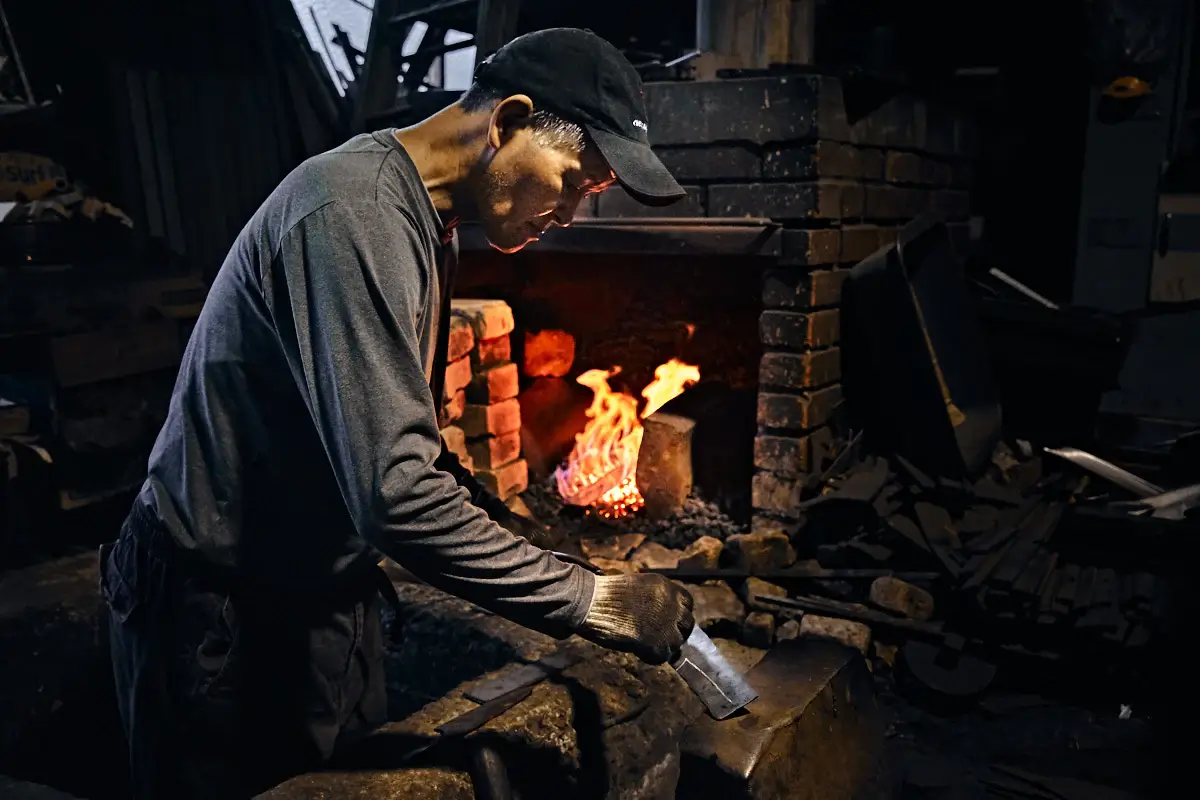

Thank you very much for sharing, I learned a lot from your article. Very cool. Thanks.